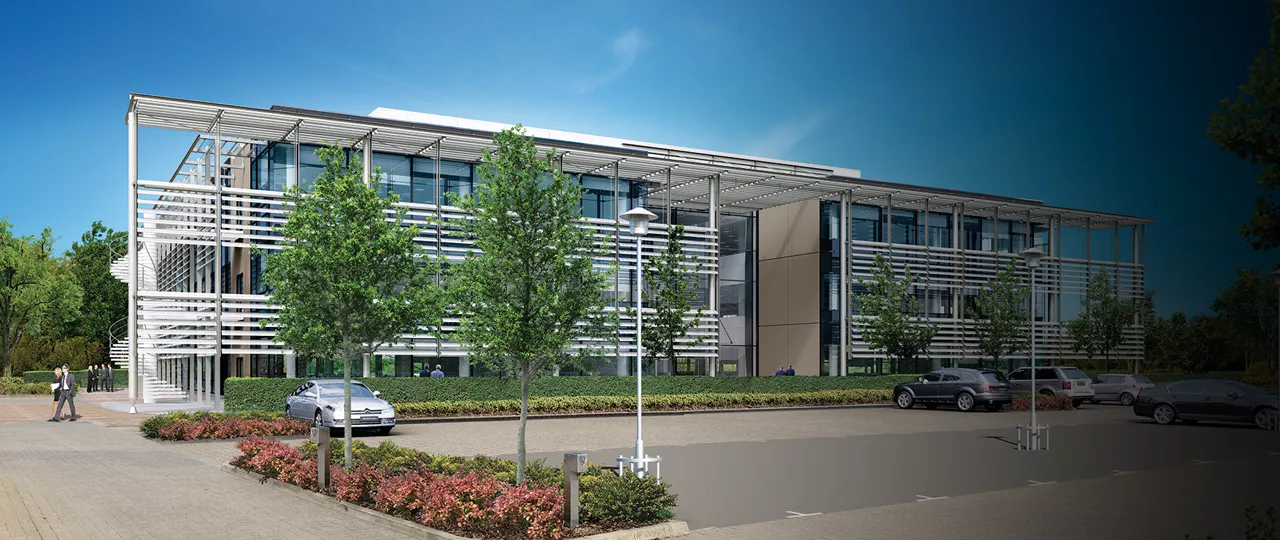
Prime business parks saw total returns of 14.1% in 2015, according to the MSCI/ Strutt & Parker Business Parks Index.
This represents a fall from the exceptional returns delivered in 2014 (21.8%), and the report suggests that 2015 was always likely to see some moderation and that this will continue through 2016.
According to the research, the total returns of 14.1% from S&P Parks were driven by capital growth of 7.8% and an income return of 5.9%. Prime parks also saw a rental increase of 6%, the highest figure since 2000.
Whilst S&P Business Parks outperformed the wider MSCI Business Parks sample (13.5%) total returns were marginally lower than MSCI Standard Offices, excluding central London, which produced 15% as a result of strong yield-driven capital growth over the year.
S&P Business Parks continued to perform well in the first half of 2016, at the half year point they were delivering a return of 3% on a half year basis (6.0% annualised) versus 2.2% for the wider MSCI Business Parks sample and 2.7% for MSCI Standard Offices.
The south east occupational market performed well in the first half of 2016 with take-up up 19% on the corresponding period in 2015. Out-of-town leasing accounted for 60% of this take-up, broadly in line with the trend of the last decade. The report suggests that this proportion could decline slightly in the coming years as significant in-town development is delivered in places like Reading.
Business parks continue to be an important sector within the overall property investment universe according to the research. Despite the uncertainty hanging over the market pre-referendum, H1 2016 volumes eclipse both the levels set in the same period in 2015 and 2007. However the research predicts that the second half of 2016 is set to see a noticeable slowdown in trading volumes.
Andy Martin, senior partner at Strutt & Parker, said: "Amongst the major global investment institutions there is increasing discussion around the need to invest in ‘real assets’ in order to counteract the mounting pension deficits stemming from quantitative easing’s bearing down on gilt-edged returns. Although we should avoid marketing real estate as a bond-like investment, it is clear that attention is set to increase. Investors that focus on the needs of their tenants and don’t treat property as a ‘buy to forget’ asset will do well and real returns of 4% or more should be viewed favourably. This is the end of double-digit returns for now. Looking specifically as S&P Parks, an equivalent yield of around 7% looks very attractive if it can be maintained."
John Knight, partner in national markets investment at Strutt & Parker, added: “The reality is that Brexit-induced uncertainty is going to be with us for some time. There remains significant demand from buyers for quality business parks with the fundamentals favoured by investors, in particular generous car parking ratios, good amenities, strong environmental credentials for single building acquisitions, and in the case of larger business park acquisitions, contiguous plot ownerships which enable the implementation of a coordinated asset management strategy."
